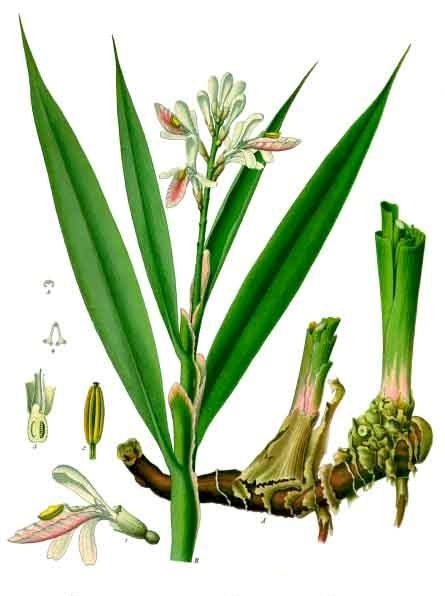
In the realm of traditional medicine and home remedies, certain natural ingredients have held their ground for centuries, passing down their healing prowess from one generation to another. One such potent botanical wonder is "Chitharathai," also known as Lesser Galangal. With its scientific name Alpinia officinarum, Chitharathai has emerged as a popular ingredient in various traditional practices due to its remarkable health benefits. Let's delve into its significance, availability, and various regional names.
Scientific Overview: Alpinia officinarum
Chitharathai, scientifically known as Alpinia officinarum, belongs to the Zingiberaceae family, which is the same family as ginger and turmeric. This rhizomatous plant is native to Southern China and Southeast Asia. The rhizome, or underground stem, is the part of the plant that is most commonly used for its medicinal properties. Chitharathai possesses a unique flavor profile that lies somewhere between ginger and cardamom, making it an interesting and versatile ingredient in both culinary and healing applications.
Healing Potentials and Home Remedies:
For centuries, Chitharathai has been revered for its therapeutic benefits. It contains various bioactive compounds such as flavonoids, terpenoids, and essential oils that contribute to its medicinal properties. Some of the common uses of Chitharathai in home remedies include:
- Digestive Aid: Chitharathai is often used to alleviate digestive issues such as bloating, indigestion, and stomach cramps. Its carminative properties help soothe the digestive system and promote healthy digestion.
- Anti-Inflammatory: The potent anti-inflammatory properties of Chitharathai make it a valuable ingredient in managing inflammatory conditions such as arthritis and joint pain.
- Respiratory Relief: Chitharathai's warming effect can help alleviate respiratory congestion and provide relief from conditions like cold, cough, and bronchitis.
- Menstrual Comfort: In traditional medicine, Chitharathai is also used to ease menstrual discomfort and cramps in women.
- Antioxidant Boost: The presence of antioxidants in Chitharathai contributes to its potential in combating oxidative stress and promoting overall well-being.
Regional Names and Availability:
Chitharathai goes by various names across different Indian languages:
- Kannada: Sugandha Vachi / Sugandha Valiya / Arathai
- Telugu: Sanna Kachora / Pedda Kachora / Karpura Vacha
- Hindi: Chhoti Kulanjan
- Malayalam: Chittaratha / Chittarathai
- Tamil: Chitharathai / Chittarattai
Find Chitharathai near me:
Chitharathai can be found in local markets, especially those that specialize in selling spices and traditional herbs. It might also be available in certain Ayurvedic stores or herbal medicine shops that cater to natural remedies.
In Conclusion:
Chitharathai, or Lesser Galangal, stands as a testament to the ancient wisdom of utilizing natural resources for health and well-being. Its presence in various traditional practices and home remedies showcases its versatility and effectiveness. Whether it's aiding digestion, easing inflammation, or providing respiratory relief, Chitharathai has secured its place as a valuable botanical ally in our quest for holistic health. As with any herbal remedy, it's important to consult with a healthcare professional before incorporating Chitharathai or any other herbal ingredient into your health regimen.